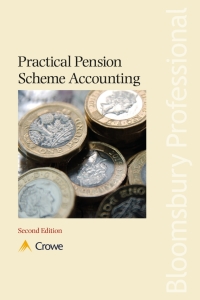Please answer requirement 1 - 3




Andrews Construction is analyzing its capital expenditure proposals for the purchase of equipment in the coming year. The capital budget is limited to $5,000,000 for the year. Lori Bart, staff analyst at Andrews, is preparing an analysis of the three projects under consideration by Corey Andrews, the company's owner. B (Click the icon to view the data for the three projects.) Present Value of $1 table Present Value of Annuity of $1 table Future Value of $1 table Future Value of Annuity of $1 table 0 Data Table - X A B D 1 Project A Project B Project C $ 3,000,000 $ 1,500,000 $ 4,000,000 2 Projected cash outflow 3 Net initial investment 4 Projected cash inflows 5 Year 1 6 Year 2 7 Year 3 S 1,000,000 S 400,000 $ 2,000,000 1,000,000 900,000 2,000,000 1,000,000 800,000 200,000 1,000,000 100,000 10% 10% 10% 8 Year 4 9 Required rate of return Print Done Requirement 1. Because the company's cash is limited, Andrews thinks the payback method should be used to choose between the capital budgeting projects. a. What are the benefits and limitations of using the payback method to choose between projects? Benefits of the payback method: A. Easy to understand and captures uncertainty about expected cash flows in later years of a project B. Indicates whether or not the project will earn the company's minimum required rate of return C. Utilizes the time value of money and computes each project's unique rate of return D. All of the above Limitations of the payback method: A. Fails to incorporate the time value of money and does not consider a project's cash flows after the payback period B. Cannot be used when management's required rate of return varies from one period to the next. C. Cannot be used for projects with unequal periodic cash flows D. All of the above b. Calculate the payback period for each of the three projects. Ignore income taxes. (Round your answers to two decimal places.) Project A years Project B years Project C years Using the payback method, which project(s) should Andrews choose? Requirement 2. Calculate the NPV for each project. Ignore income taxes. (Round your answers to the nearest whole dollar. Use parentheses or a minus sign for negative net present values.) The NPV of Project A is $ 54 The NPV of Project B is $ 15 The NPV of Project C is $ 54 Requirement 3. Which projects, if any, would you recommend funding? Briefly explain why. The NPV method is generally regarded as the preferred method for project selection decisions, therefore, the company should consider investing in the project(s) with a positive NPV. Since the company's is limited by the total dollar value of capital investments it can make during the year, if more than one project fits this criteria, they should choose the investment(s) with the greatest NPV Prior to making a final decision, the company should also consider the nonfinancial qualitative factors of the investments such as the the affect of inflation of the NPV calculations. Using only the NPV calculations from requirement 2, Andrews should invest in Projects B and C










